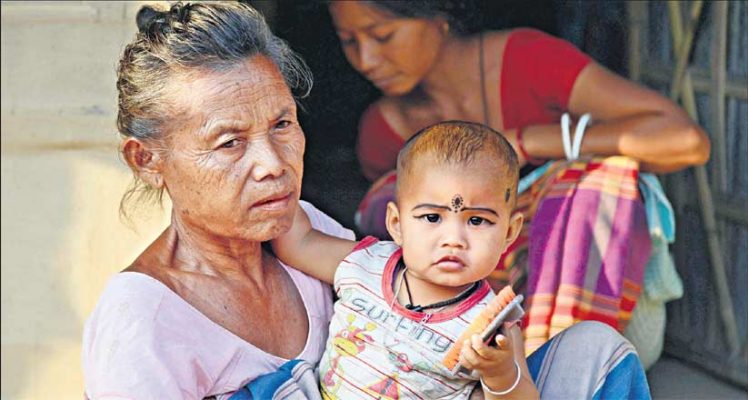
Last year, the UNPF India Ageing Report projected that number of elderly will reach 347 million by mid-century
Published Date - 31 March 2024, 11:58 PM
India is staring at a serious demographic challenge, with the fertility rate steadily declining and has now fallen below the replacement level. This means that the country will turn into an ageing society in the next three decades. The latest report in the medical journal Lancet has flagged that India’s Total Fertility Rate (TFR) — the average number of children born to a woman — will fall to 1.29 in 2050, far below the replacement level of 2. One in five persons in India will be above the age of 60 in 2050. This reflects a demographic shift with profound implications for the country’s health, fiscal and gender policies. Last year, the UN Population Fund’s (UNPF) India Ageing Report projected that the number of elderly will more than double from 149 million in 2022 to 347 million by mid-century. This poses a challenge to the policy makers. With a lower number of births, the youth population will keep shrinking. As the size of the youth population falls, the number of older adults will surpass the young. India will need to reassess its social-security focus and make investments to provide the growing number of older adults with improved access to healthcare, income-security and social safety nets. India’s fertility numbers fell from nearly 6.2 in 1950 to just under 2 in 2021. The combination of declining fertility rates and longer life expectancies presents a complex situation, necessitating provisions for social security and healthcare for the increasing elderly population. There is also a need to generate employment opportunities that effectively utilise the skills of this demographic.
Global experience suggests that once fertility rates fall below the replacement level, it is almost impossible to set them back. India’s declining fertility rate is broadly in tune with the global trend. Experts have warned that the TFR could touch a worrying level of 1.04 by 2100. Older adults are at risk of food and nutrition insecurity, as their declining social and economic bargaining power often makes them dependent on social security. Drawing on the 2000 Population Policy, India’s health policies and programmes have focused on family planning, maternal and child health and communicable diseases. Yet, with the increased number of older adults, the number of non-communicable diseases is already outgrowing infectious diseases. According to the WHO, nearly 60% of deaths can be attributed to non-communicable diseases. That share will continue to increase in the near future, demanding a significant policy shift towards preventing and managing morbidities like diabetes, cardiovascular diseases and cancer. Less than 1% of older adults have health insurance, and ageing-related morbidities are a grey area in terms of coverage. Most older adults depend on families and immediate relatives for healthcare. In the face of changing demographic trends, the challenge before India is to overcome skill deficits, plug gaps in the knowledge economy and generate jobs outside of agriculture.





Leave a Reply